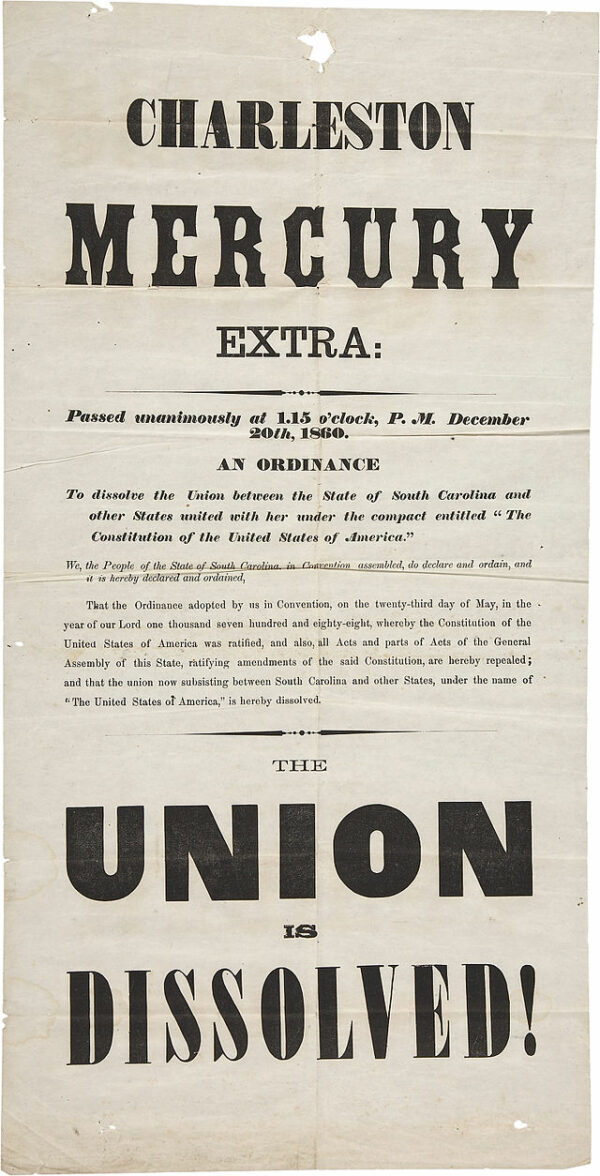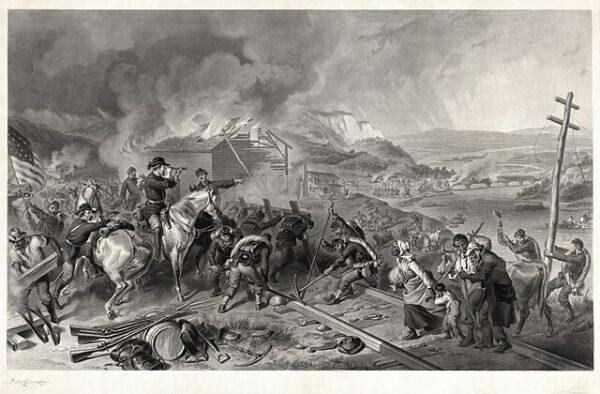On December 20, 1860, a secession convention in South Carolina voted unanimously to secede from the Union. Fearing that Republican Abraham Lincoln’s administration would appoint antislavery officials who would undermine slavery, slaveholders chose to abandon the Constitution and form their own nation.
To justify their decision, the convention used arguments developed by John C. Calhoun, claiming that states were sovereign entities that had the right to leave the Union just as freely as they had joined.
The secession of South Carolina marked a significant turning point in the lead-up to the American Civil War. The state’s leaders, including Governor Francis W. Pickens, believed that secession was necessary to protect the economic and social interests associated with the institution of slavery. In a unanimous vote, the South Carolina Convention declared the state’s independence from the Union, asserting the right of states to govern themselves.
The secession of South Carolina had profound implications, triggering a chain reaction as other Southern states followed suit in the subsequent months. Mississippi, Florida, Alabama, Georgia, Louisiana, and Texas joined South Carolina in seceding from the Union, forming the Confederate States of America. The secession crisis ultimately culminated in the outbreak of the Civil War in April 1861, as tensions between the North and the South reached a boiling point and Lincoln became determined to preserve the Union.






